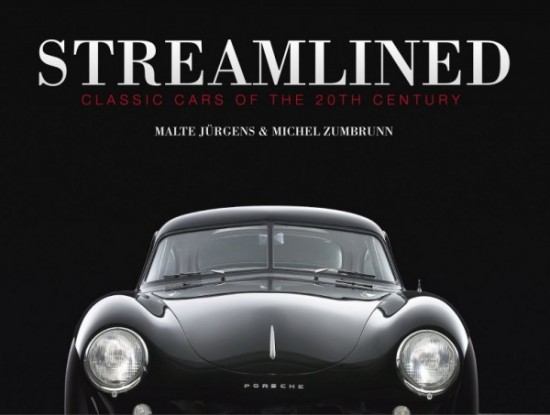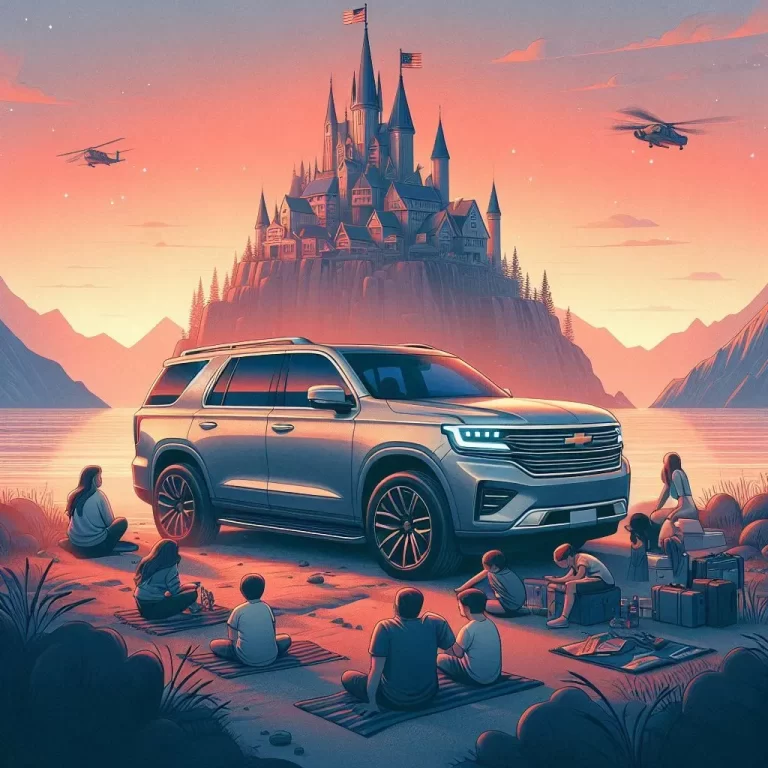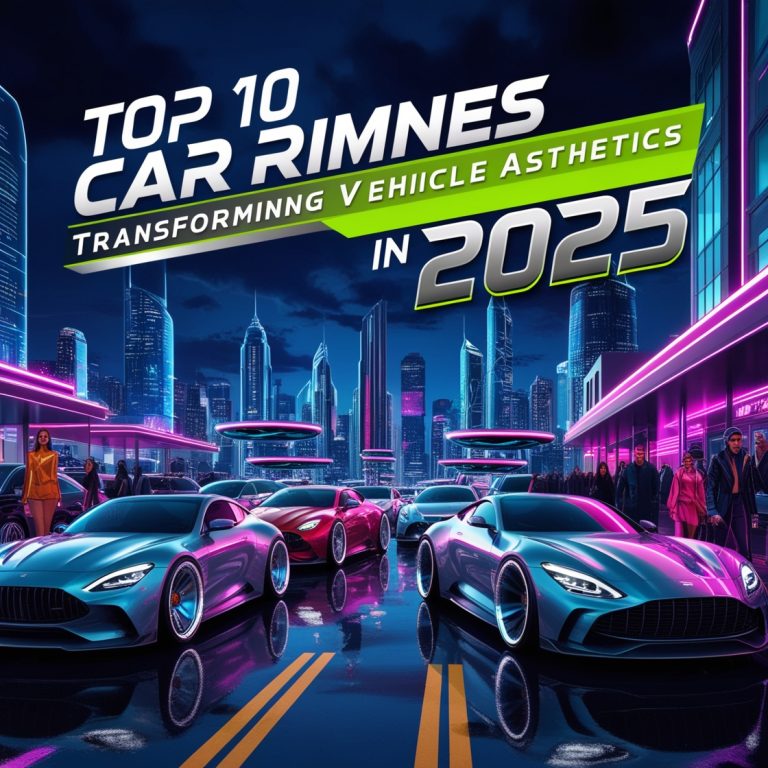
The Evolution of Car Brand Logos: A Journey Through Iconic Designs. Car brand logos are more than just symbols; they are the face of an entire automotive identity. Over the decades, these logos have evolved dramatically, reflecting not only design trends but also technological advancements, brand philosophies, and the shifting preferences of car buyers. From simple emblems to complex, sleek designs, car brand logos tell a story of innovation, prestige, and global recognition. Let’s take a closer look at how car brand logos have evolved over the years and what makes them iconic.
The Early Beginnings: Simplicity and Representation

When automobiles first emerged in the late 19th and early 20th centuries, car brand logos were relatively simple, often just the brand name or a basic emblem that represented the company. These early designs were straightforward and aimed at conveying the essence of the brand with minimal complexity.
For example, Ford’s iconic oval logo, introduced in 1903, remains one of the most recognizable car brand logos in the world. It featured the word “Ford” in a flowing script, designed to convey reliability and innovation. This logo was simple but effective — a hallmark of Ford’s dedication to mass-producing vehicles that were affordable for the average consumer. Similarly, Chrysler, founded in 1925, used a winged emblem to symbolize speed and elegance, capturing the aspirations of American car buyers of that era.
These early logos were highly influenced by the prevailing design aesthetic of the time — ornate, yet practical. The emphasis was on ease of recognition rather than artistic expression. But as the industry grew, so did the desire for logos that not only identified a brand but also conveyed its personality.
The Mid-20th Century: Streamlining and Modernization

By the mid-20th century, car brand logos began to evolve, reflecting broader trends in design such as minimalism and modernism. As cars themselves became more streamlined and aerodynamic, so too did the logos that represented them. (Read More : AGC Automotive: Pioneering Smart Glass Technologies in the Automotive Industry).
Take Mercedes-Benz, for example. The brand’s iconic three-pointed star, symbolizing the pursuit of “engineered excellence in land, sea, and air,” was introduced in 1926. Over the years, this symbol was simplified and refined. The 1990s and 2000s saw the star become a sleek, polished, silver emblem that matched the elegance and luxury Mercedes-Benz cars were known for. It was no longer just a star; it was a mark of prestige.
Another example of mid-century evolution can be seen in Volkswagen’s logo. Initially designed as a simple representation of the letter “V” and “W” stacked on top of each other, the Volkswagen logo gradually became more streamlined and circular, mirroring the growing desire for clean, simple lines. By the 1990s, the logo was rendered in a sleek, minimalistic style, making it instantly recognizable.
The 21st Century: Dynamic Designs and Digital Impact

As the 21st century progressed, car brand logos began to evolve once again, this time reflecting the digital age and a shift towards more dynamic, futuristic designs. The introduction of electric vehicles and the focus on sustainability and innovation required car brand logos to represent not just heritage, but also a forward-thinking mindset. (Read More : How Electric Vehicles are Transforming Car Dealership Operations in 2024).
One example of this is Tesla’s logo. Unlike traditional automotive emblems, Tesla’s logo is sharp, minimal, and futuristic, much like the brand itself. The sleek “T” design reflects both the innovation of the electric car market and the clean, modern aesthetics that define Tesla’s appeal.
In contrast, BMW kept its iconic blue and white circular logo, but modernized it to reflect the company’s focus on performance and luxury. The logo has evolved from a simple roundel to a more stylized, dynamic symbol, hinting at speed and precision. The changes are subtle but effective, giving the logo a more contemporary feel while keeping its historical significance intact.
Another significant shift has been the use of color. Car brand logos today are often designed to look great not only on physical vehicles but also on screens and digital platforms. Brands like Audi and Toyota have refined their logos to be both visually striking and legible, regardless of whether they’re being viewed on a car’s grille or a smartphone screen.
The Power of Consistency and Reinvention

The evolution of car brand logos demonstrates a delicate balance between consistency and reinvention. While many car manufacturers have kept the core elements of their logos intact, others have completely reimagined them. However, regardless of the changes, the goal has always been the same: to create a visual identity that resonates with consumers and communicates the brand’s values. (Read More : Breaking Records in Fast Car Automotive: Top Innovations of 2024).
For instance, Porsche has remained loyal to its crest, despite minor updates over the years. The crest is a powerful symbol of luxury and performance, and Porsche has wisely avoided over-complicating it. On the other hand, brands like Peugeot and Ford have updated their logos to reflect a more modern, simplified look, aligning with the times while still honoring their past.
Conclusion article The Evolution of Car Brand Logos: A Journey Through Iconic Designs
The evolution of car brand logos is a fascinating journey, mirroring the broader shifts in the automotive industry and consumer culture. From the early days of basic emblems to the sophisticated, digital-ready designs of today, car brand logos are more than just design choices; they are a reflection of the industry’s history, values, and aspirations.
What makes these logos so effective is their ability to adapt while maintaining their core identity. Whether it’s the timeless elegance of the Mercedes-Benz star, the futuristic edge of Tesla’s emblem, or the unmistakable shape of the Ford oval, car brand logos continue to evolve while staying rooted in what makes them iconic. They are not just symbols of cars—they are symbols of dreams, power, luxury, and the enduring allure of the open road.







2 thoughts on “The Evolution of Car Brand Logos: A Journey Through Iconic Designs”
Comments are closed.